Content marketing and paid advertising are essential strategies in the digital marketing landscape, each offering unique benefits to businesses looking to expand their online presence. Content marketing focuses on creating valuable, relevant, and engaging content that resonates with your target audience, building trust and fostering long-term relationships. By providing informative blogs, videos, and social media posts, businesses can establish authority and drive organic growth. On the other hand, paid advertising delivers immediate results by strategically placing ads on platforms like Google, Facebook, and Instagram to drive targeted traffic and boost brand visibility. While content marketing emphasizes long-term engagement, paid advertising offers quick and measurable outcomes. Together, these approaches can form a powerful, integrated strategy that not only captures attention but also nurtures lasting customer connections.
Combining content marketing with paid advertising can create a powerful synergy that amplifies your marketing efforts, drives more traffic, and increases conversions. Here’s how to effectively integrate these two strategies for maximum impact:
1. Align Your Messaging and Goals

Strategy:
Ensure consistency in your messaging across both content marketing and paid advertising efforts.
Action Steps:
Define your brand voice and key messaging points.
Set clear, measurable goals for both content marketing and paid advertising.
Create a content calendar that integrates both organic and paid initiatives.
Benefits:
Builds a cohesive brand experience for your audience.
Ensures that all marketing efforts are working towards the same objectives.
2. Use Paid Advertising to Amplify Content Reach
Strategy:
Promote high-quality content through paid advertising channels to reach a larger audience.
Action Steps:
Identify top-performing blog posts, videos, and other content pieces.
Use platforms like Google Ads, Facebook Ads Manager, and LinkedIn Ads to promote your content.
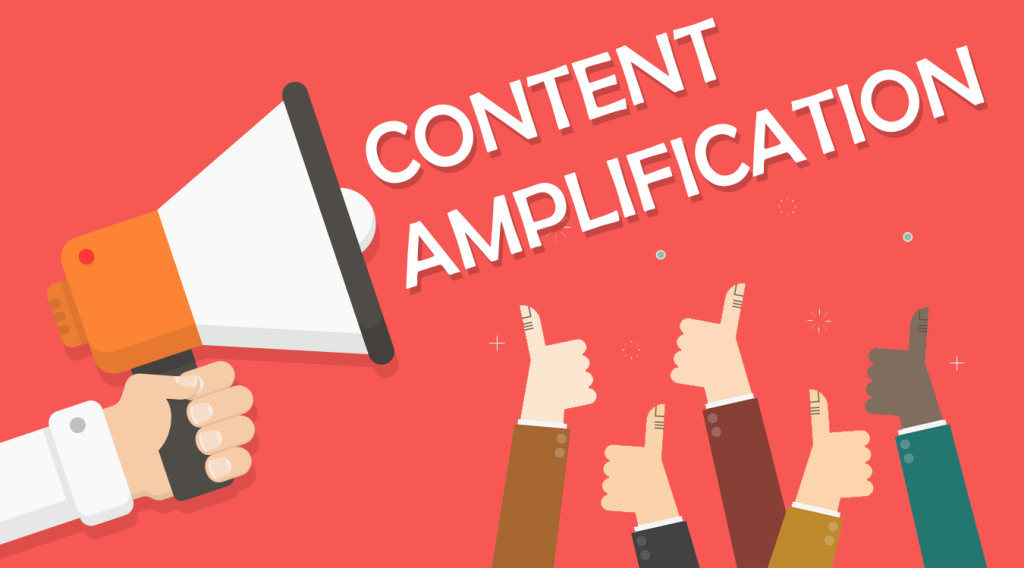
Benefits:
Increases visibility and engagement with your content.
Drives more traffic to your website and improves content ROI.
3. Leverage Retargeting
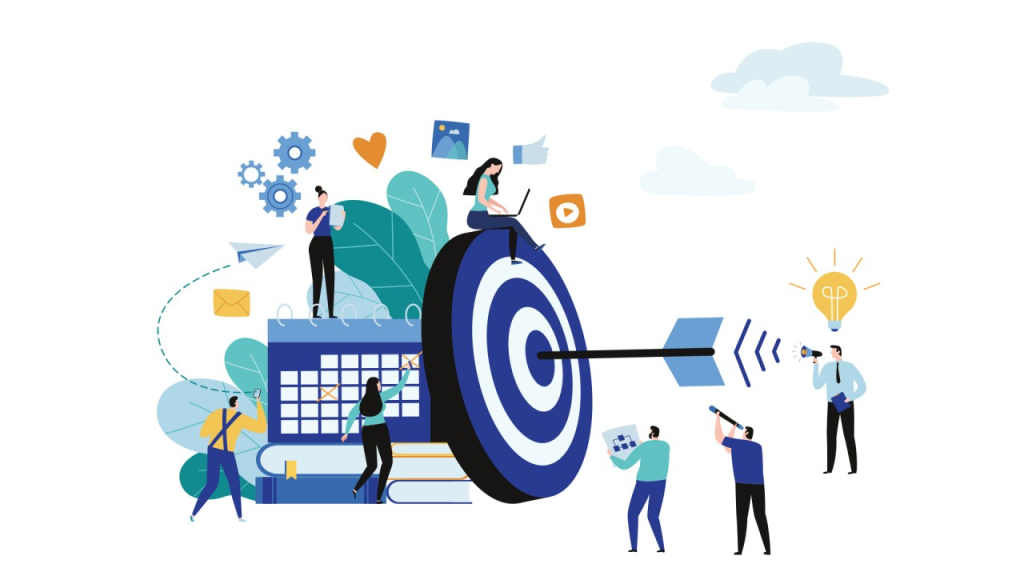
Strategy:
Use retargeting ads to re-engage visitors who have interacted with your content but haven’t converted.
Action Step :
Segment your audience based on their interactions with your site (e.g., page visits, time spent, content consumed).
Create personalized ad creatives that remind visitors of your value proposition and encourage them to return.
Benefits:
Keeps your brand top-of-mind for potential customers.
Increases the likelihood of converting engaged but unconverted visitors.
4. Incorporate Content Offers in Ads
Strategy:
Use paid ads to promote valuable content offers that attract and engage your target audience.
Action Steps:
Create content offers such as eBooks, whitepapers, webinars, and free trials.
Design compelling ads that highlight the benefits of your content offers.
Use lead generation forms in your ads to capture user information.

Benefits:
Attracts high-quality leads and nurtures them through the sales funnel.
Provides value to your audience, building trust and credibility.
5. Optimize Landing Pages for Conversions

Strategy:
Ensure that the landing pages used in your paid advertising campaigns are optimized for conversions and provide a seamless user experience.
Action Steps:
Align the content on your landing pages with the messaging in your ads.
Use clear, concise headlines and compelling calls-to-action (CTAs).
Optimize for mobile devices and ensure fast loading times.
Include social proof such as testimonials and case studies.
Benefits:
Improves the effectiveness of your paid ads.
Increases the conversion rate of visitors who land on your pages.
6. Utilize Social Proof and Influencer Collaborations
Strategy:
Integrate social proof and influencer endorsements into your content marketing and paid advertising.
Action Steps:
Partner with industry influencers to create and promote content.
Use testimonials, reviews, and case studies in your ads and content.
Share user-generated content and success stories.
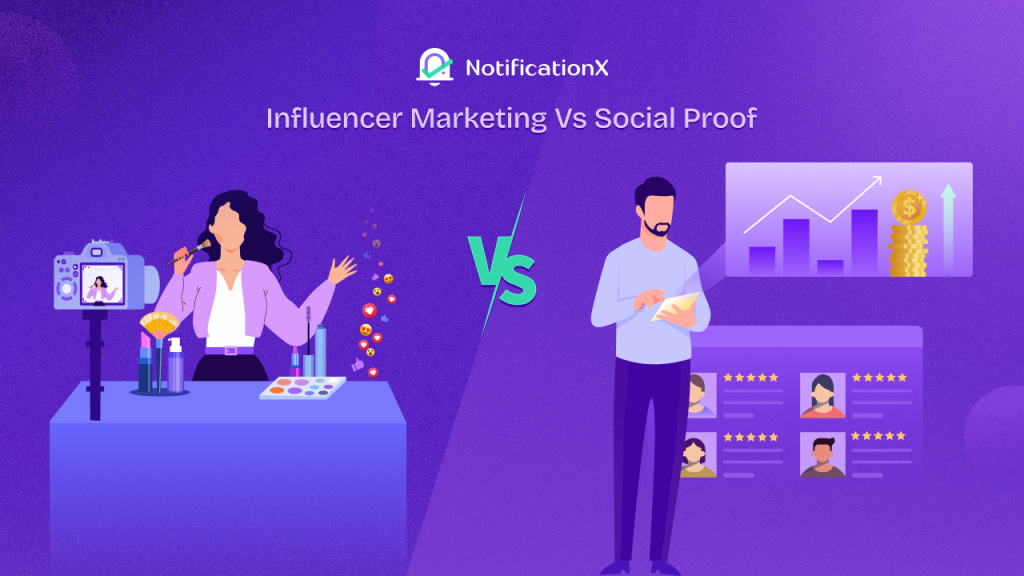
Benefits:
Enhances credibility and trust with your audience.
Boosts engagement and conversion rates.
7. Analyze and Adjust Your Strategy
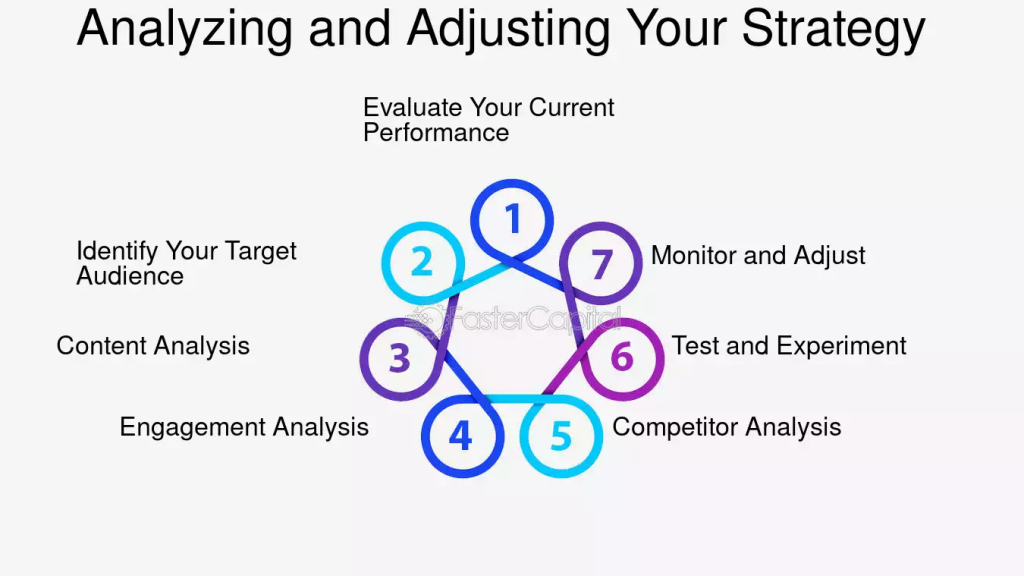
Strategy:
Continuously monitor the performance of your content marketing and paid advertising efforts to identify what works and what doesn’t.
Action Steps:
Use analytics tools like Google Analytics, Facebook Insights, and your ad platform’s reporting features.
Track key metrics such as traffic, engagement, conversions, and ROI.
Test different ad creatives, targeting options, and content formats.
Adjust your strategy based on data insights and performance trends.
Benefits:
Ensures that your marketing efforts are data-driven and optimized for the best results.
Helps you allocate your budget and resources more effectively.
Conclusion
Integrating content marketing with paid advertising creates a winning combination that can significantly enhance your overall marketing performance. By aligning your messaging, amplifying your content reach, leveraging retargeting, incorporating content offers, optimizing landing pages, utilizing social proof, and continuously analyzing your efforts, you can drive more traffic, engage your audience, and achieve higher conversion rates. This holistic approach ensures that your marketing efforts are cohesive, efficient, and highly effective.
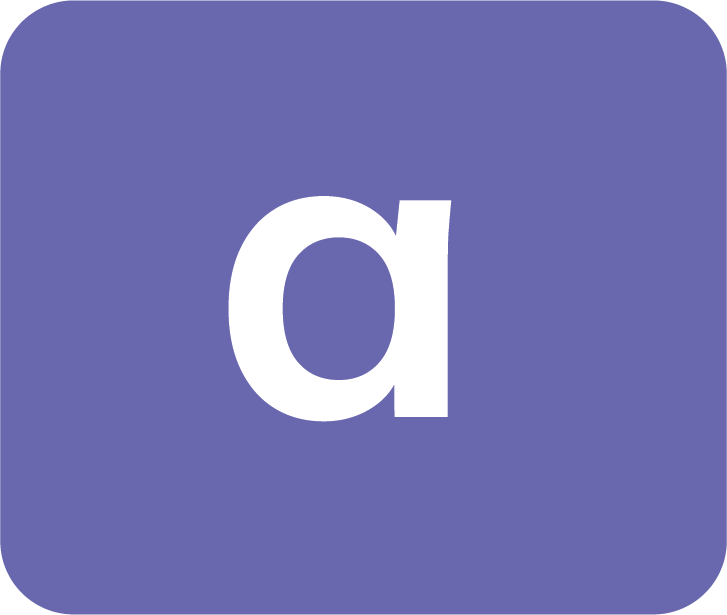

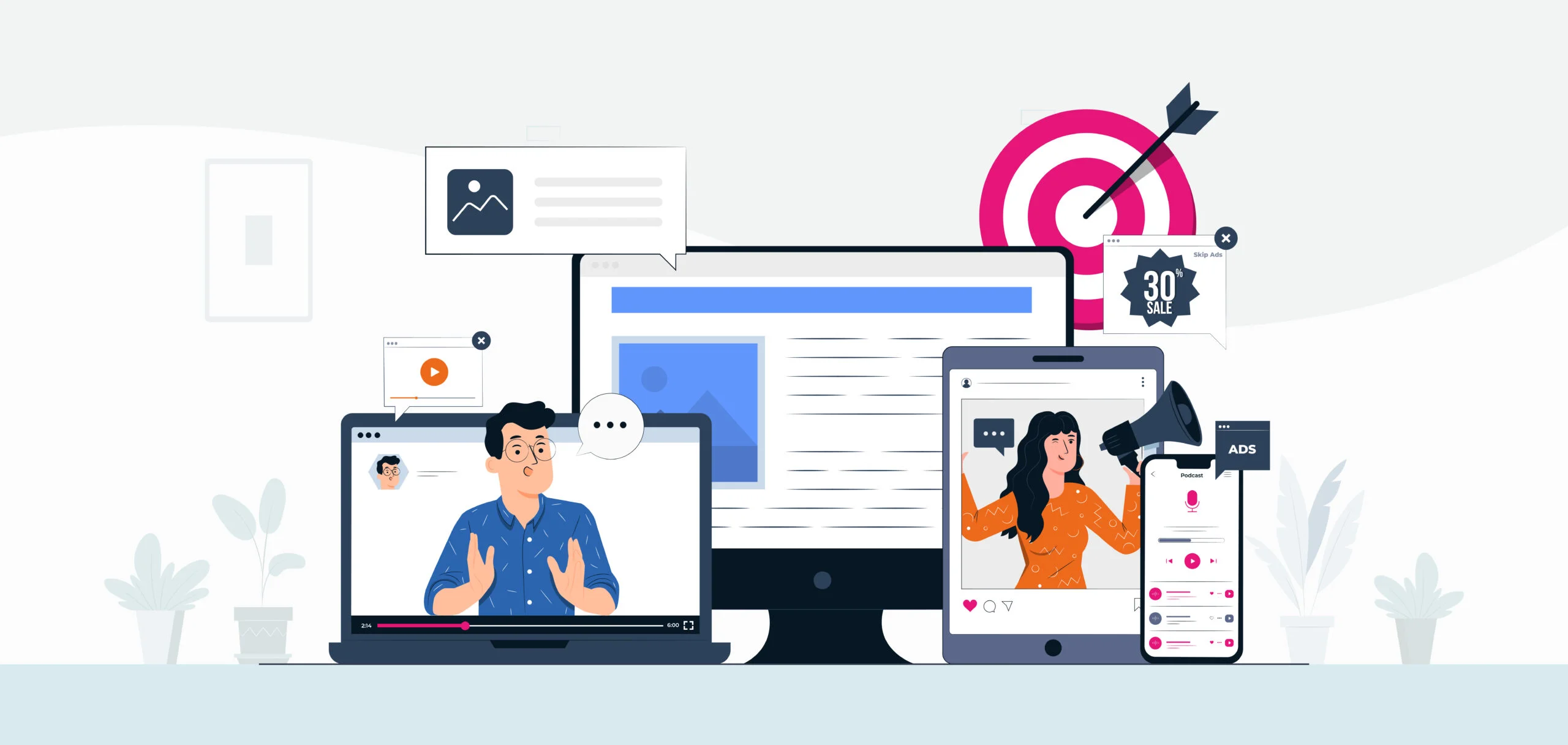

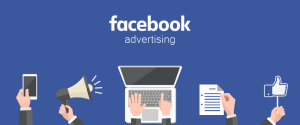

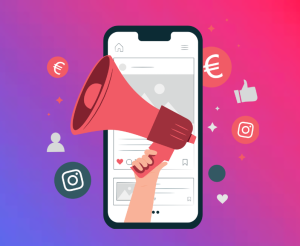
Leave a Reply